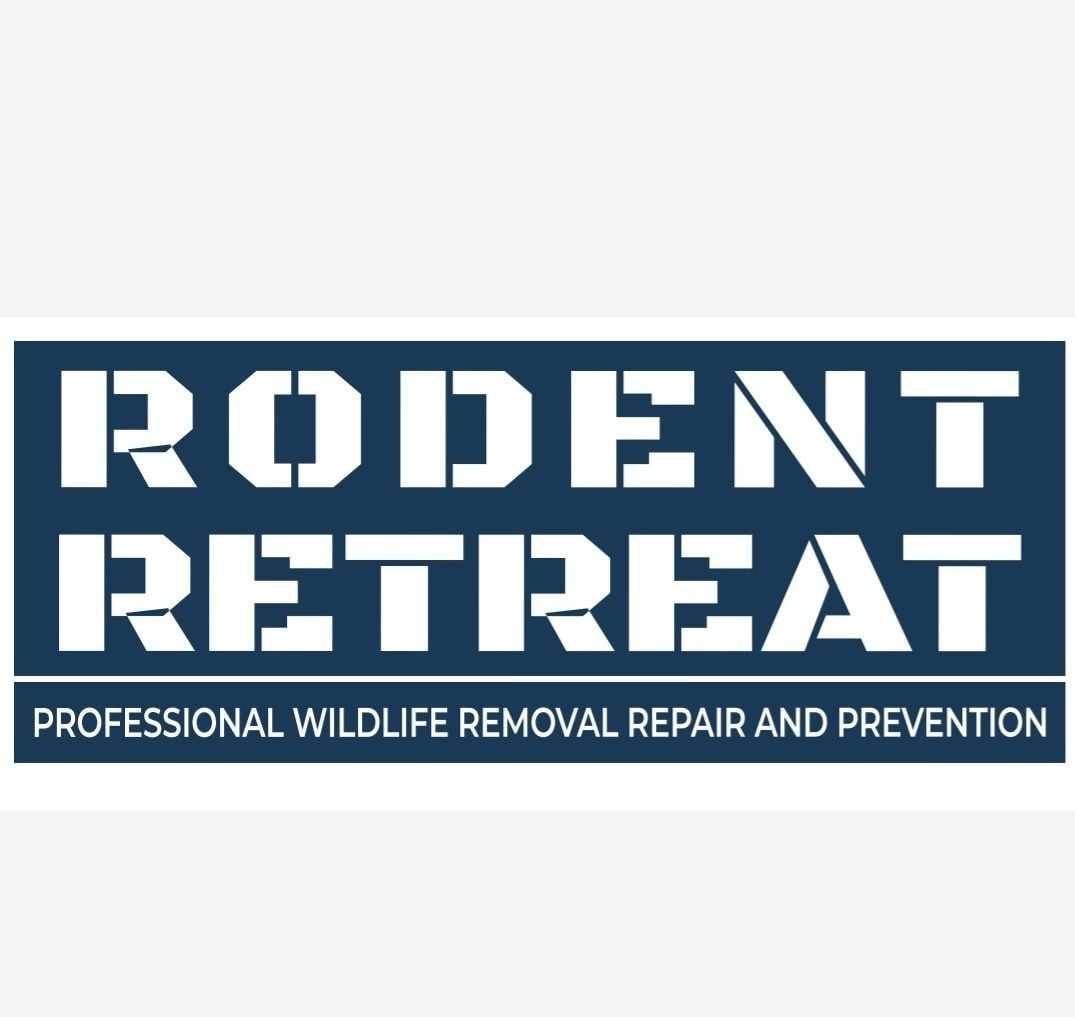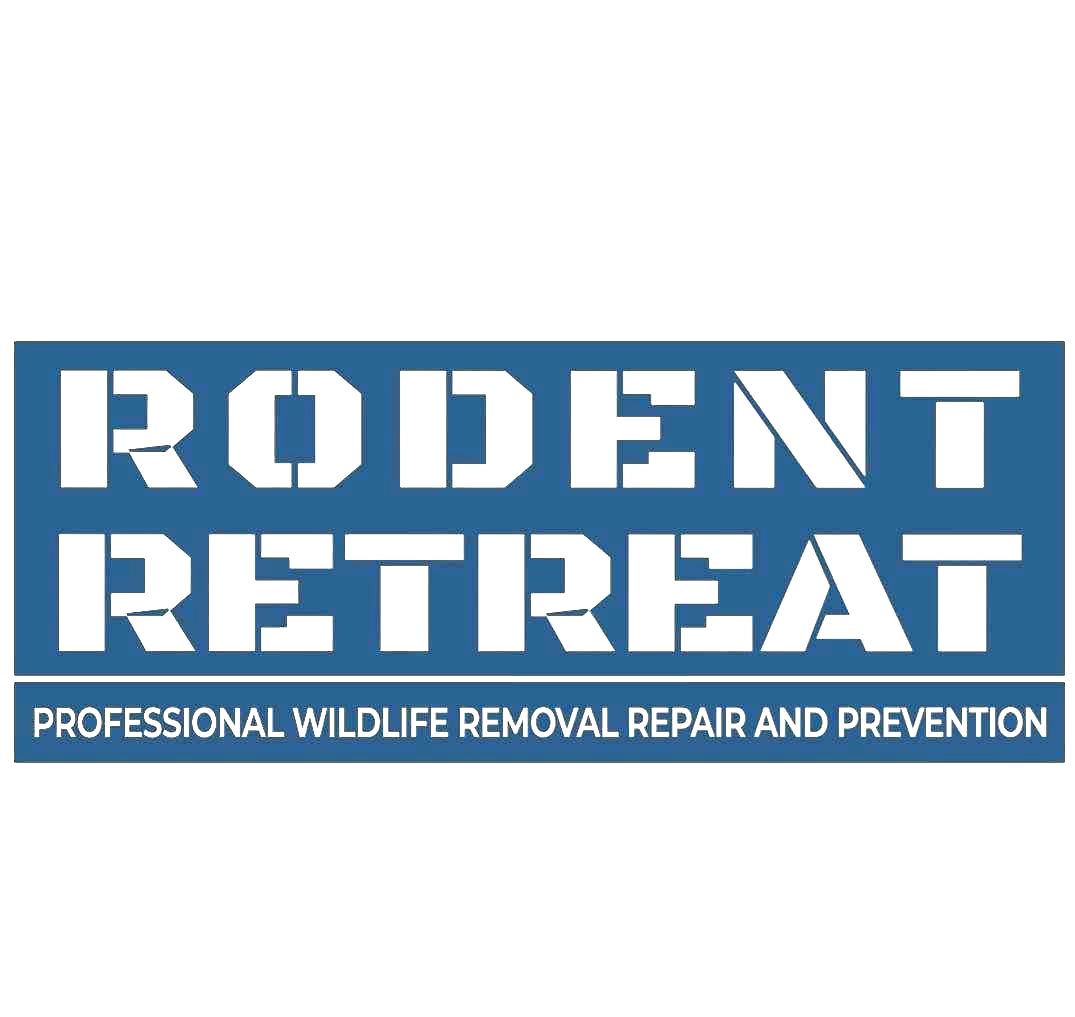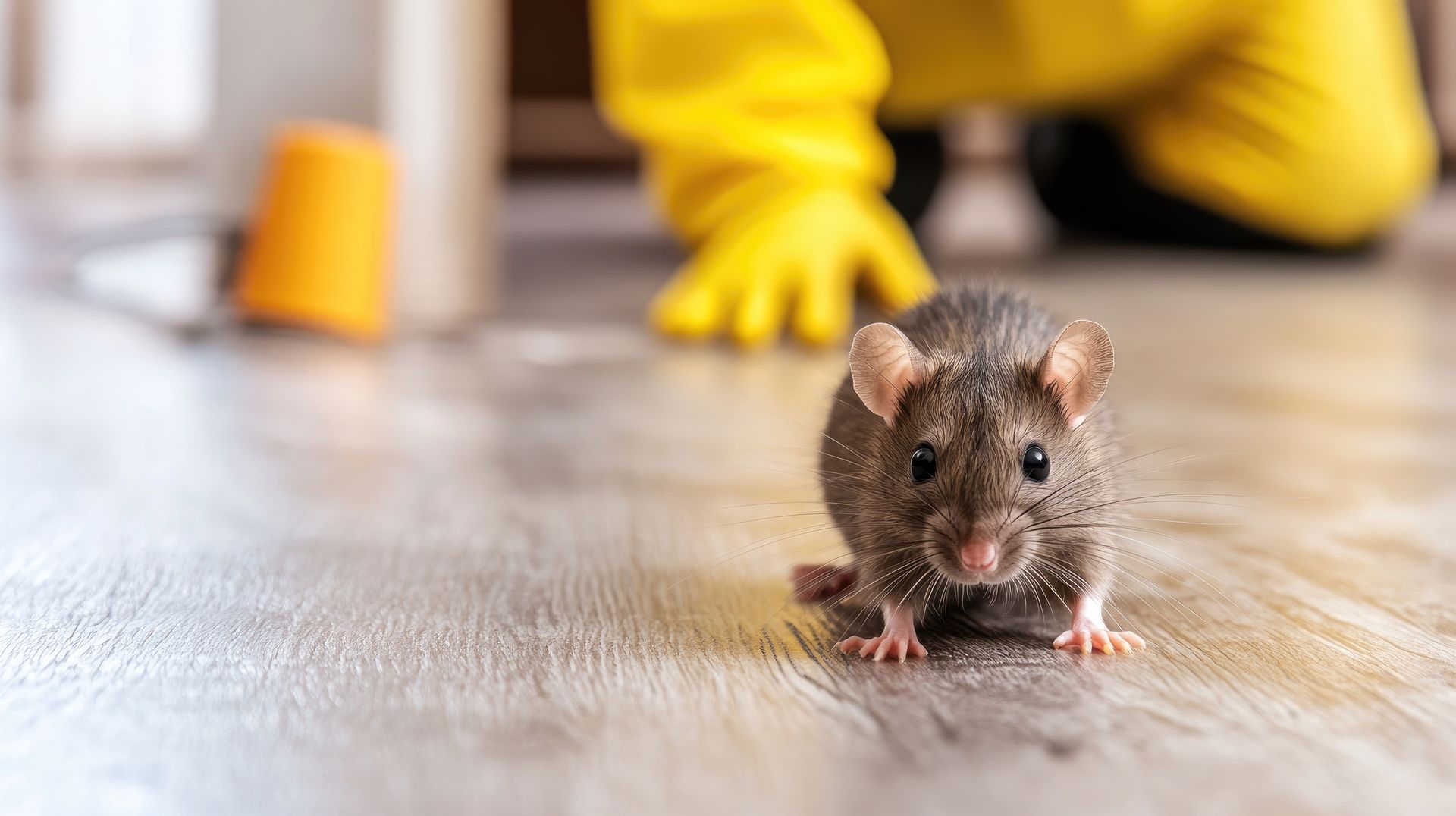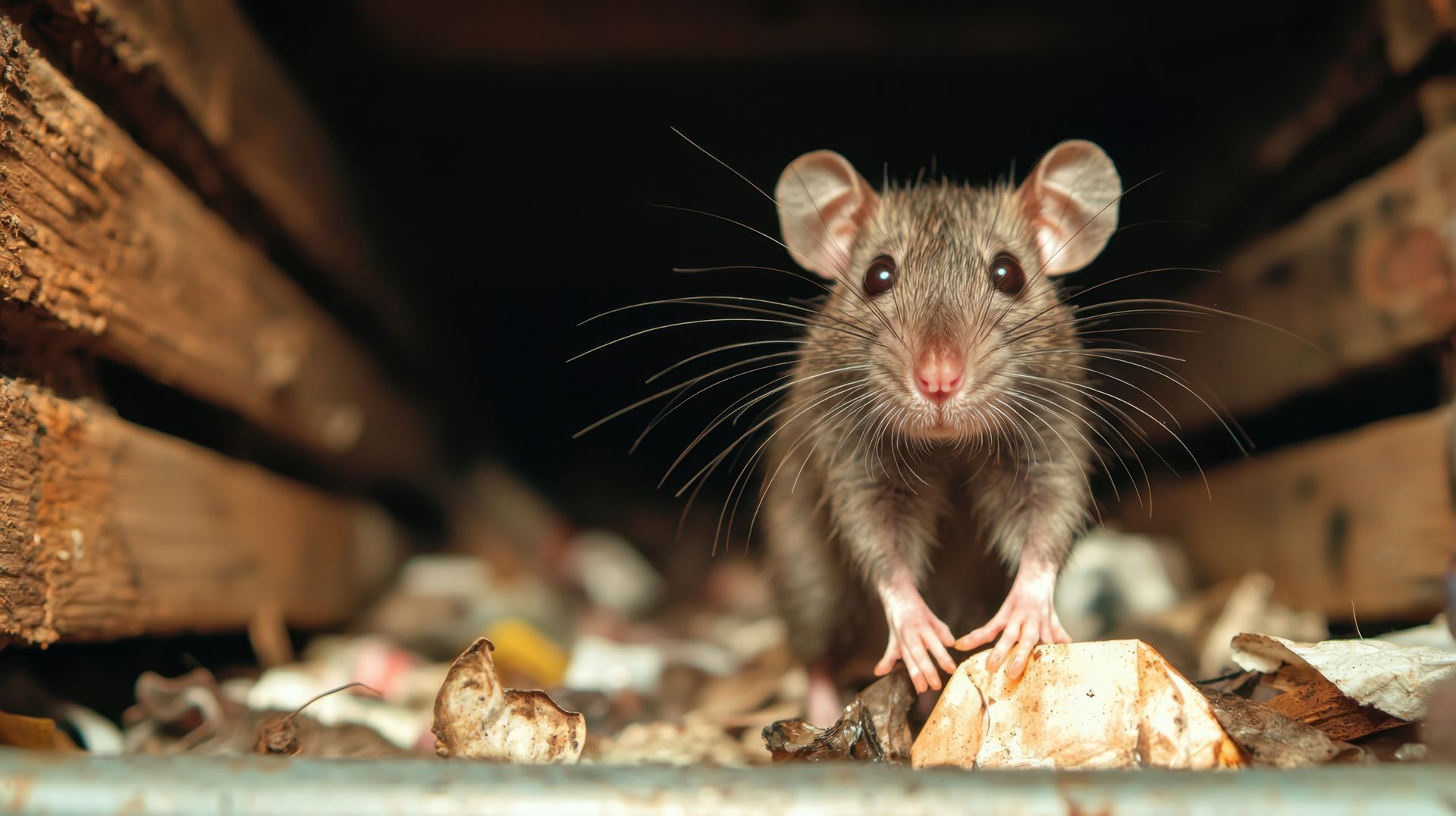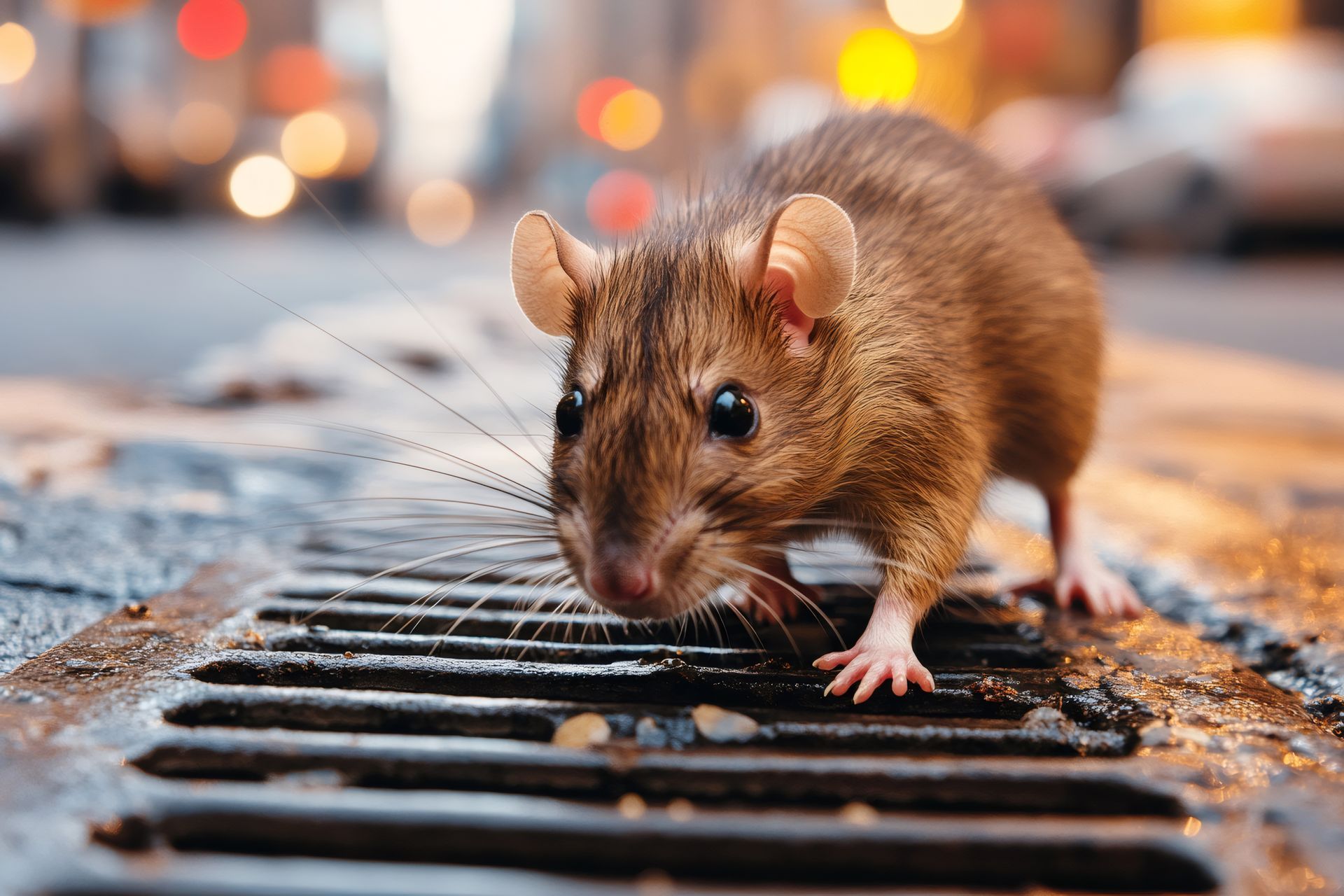How To Safely And Humanely Remove Raccoons

Raccoons may be cute with their masked faces and nimble paws, but they can cause serious issues when they invade homes, attics, or yards. Known for their intelligence and dexterity, these nocturnal creatures are notorious for rummaging through garbage bins, nesting in attics, and sometimes causing damage to gardens and property.
When faced with a raccoon problem, it's crucial to handle their removal safely and humanely to ensure both the well-being of the raccoons and the protection of property. This blog post explores effective raccoon removal Texas strategies for safely and humanely removing raccoons from your property.
Why Raccoons Can Be A Problem
Raccoons are opportunistic animals that seek food, water, and shelter. Therefore, homes with easy access to garbage, pet food, or open entry points into attics or crawlspaces are prime targets.
While raccoons are generally not aggressive, they can become territorial if threatened or cornered, posing a potential risk to humans or pets. Moreover, raccoons can carry diseases such as rabies and parasites like roundworms, making it important to address an infestation quickly and safely.
Assessing The Situation
Before attempting to remove raccoons, it's essential to understand the scope of the problem. Homeowners should first observe the raccoons’ behavior and determine whether they have set up a permanent residence or are simply passing through in search of food. Signs that raccoons have moved in can include: See more on Pro Pest Control: Ensuring Food Safety From Mice Infestation.
- Unusual noises coming from the attic or crawlspace at night.
- Damage to garbage cans, siding, or roofing.
- Feces, paw prints, or visible damage in the yard or garden.
Identifying the location of nests or entry points is key to ensuring effective raccoon removal Texas.
Why Humane Removal Is Important
Although it may be tempting to remove raccoons by any means necessary, it is important to remember that they are protected wildlife in many areas, and killing or harming them can lead to legal penalties. Humane removal respects wildlife laws and ensures the safety of both the animals and the homeowner. It is also the most ethical approach, minimizing stress on the animals and reducing the risk of injury or disease transmission.
Step-by-Step Guide To Humanely Removing Raccoons
Eliminate Food And Water Sources
The first step in deterring raccoons from your property is removing easy access to food and water. Raccoons are scavengers, so garbage, pet food, bird feeders, and compost piles are attractive sources of nourishment. Secure garbage cans with heavy-duty lids, remove pet food from outdoor areas and consider using raccoon-proof bird feeders. Eliminating pet bowls or standing water sources can reduce their interest in your yard.
Seal Entry Points
Sealing entry points is critical if raccoons have already made their way inside your attic, crawlspace, or shed. Conduct a thorough inspection of your home to find any openings or weak points, such as broken vents, damaged siding, or openings in the roof. Raccoons are skilled climbers, so it's important to check all accessible areas, including chimneys.
Before sealing any entry point, ensure no raccoons (especially babies) are inside. Sealing up a raccoon family can result in the death of the young and further damage to your property as the mother raccoon attempts to re-enter. Use one-way doors, which allow the raccoons to leave but not return. Seal the entry points completely after a few days of ensuring no activity inside.
Use Humane Deterrents
There are several humane methods to encourage raccoons to leave an area. These methods focus on making the environment uncomfortable for the raccoons without causing harm:
- Light and Sound: Raccoons prefer dark and quiet areas for nesting. Installing bright lights or motion-activated floodlights near entry points can make an area less inviting. Playing loud music or using an ultrasonic pest repeller can also drive them away.
- Scent Deterrents: Raccoons have a sensitive sense of smell and are repelled by certain odors. Commercially available raccoon repellents or homemade options, such as ammonia-soaked rags, can be placed near entry points or nesting areas to encourage them to leave.
Install One-Way Exclusion Devices
If raccoons have already entered your home, using a one-way exclusion device is a safe and humane way to ensure they leave without trapping or harming them. These devices are placed over entry points, allowing the raccoons to exit but not re-enter. Once all raccoons have left the area, homeowners can seal the entry point securely.
It is important to ensure no baby raccoons are left behind, as mothers often return to retrieve their young if separated. A thorough inspection and using one-way doors should help avoid this problem.
Trap And Relocate (As a Last Resort)
In some cases, raccoons may refuse to leave despite deterrent efforts. If humane exclusion methods are not working, live trapping and relocating the raccoons may be necessary. However, it is essential to check local wildlife regulations, as trapping and relocating animals may be illegal in some areas without a permit. Hiring a licensed wildlife control professional to handle trapping is often recommended to ensure the raccoons are safely and legally relocated.
When relocating raccoons, moving them at least 10 miles away from your property is important to prevent them from returning. Relocating raccoons should always be a last resort, as it can be stressful for the animals and may result in difficulties finding food or shelter in a new area.
Preventing Future Raccoon Problems
Once the raccoons have been removed, preventing future infestations is important. Here are some long-term prevention tips:
- Secure Garbage Cans: Use raccoon-proof lids or keep garbage cans in secure areas like a garage or shed.
- Trim Trees and Shrubs: Raccoons are excellent climbers and can access rooftops via overhanging branches. Trim trees and shrubs away from your home to reduce entry points.
- Install Chimney Caps: Raccoons often enter homes through chimneys. A chimney cap can prevent them from gaining access while keeping out other wildlife.
- Fence Your Garden: Use raccoon-proof fencing to protect gardens, fish ponds, or other areas where raccoons may seek food.
When To Call A Professional
In some cases, homeowners may be unable to remove raccoons safely or effectively on their own. If raccoons are aggressive, difficult to access, or causing extensive damage, it’s best to call a professional wildlife control expert like Rodent Retreat. These professionals have the tools and knowledge to handle raccoon infestations humanely and legally.
When dealing with a raccoon invasion, it’s crucial to approach the situation with care and responsibility. Raccoon removal Texas requires expertise and knowledge of local wildlife laws to ensure the process is humane and effective. Rodent Retreat specializes in safe raccoon removal, utilizing proven methods to encourage these clever creatures to leave your property without causing harm. Their team assesses the situation, identifies entry points, and employs strategies that remove the raccoons and prevent future invasions. By choosing professionals like Rodent Retreat, homeowners can rest assured that their raccoon problem will be handled with the utmost care and respect for wildlife.
Contact Rodent Retreat today to schedule a consultation and reclaim your property from unwanted raccoons and other pests!
Conclusion
Raccoons can become a nuisance when they invade homes or yards, but humane removal is always the best approach. Homeowners can protect their property by eliminating food sources, sealing entry points, using deterrents, and safely excluding raccoons while ensuring the animals are treated ethically. Prevention is key to avoiding future problems, so proactive measures can save time and hassle. If in doubt, professional help is always available to manage raccoon infestations safely and responsibly.
